In today’s rapidly evolving global marketplace, efficient logistics solutions have become essential for businesses looking to import goods from China to the Philippines. Door to Door Shipping stands out as a premier method, offering a streamlined experience that ensures products are delivered directly to the customer’s specified location. This approach not only alleviates the complexities associated with traditional shipping but also enhances overall operational efficiency. In this guide, we will delve into the details of Door to Door Shipping, exploring its key features, advantages, and the procedural steps involved, enabling importers to make informed decisions that optimize their supply chain.

Understanding Door to Door Shipping Services
Door to Door Shipping refers to a logistics service that facilitates the transportation of goods from the seller’s location directly to the buyer’s designated address. This service encompasses all phases of the shipping process, including pick-up, transportation, customs clearance, and final delivery. It is particularly advantageous for importers as it significantly reduces the complexities associated with shipping logistics.
Key attributes that define Door to Door Shipping include its all-inclusive nature, which covers both land and maritime transport. Importers can benefit from streamlined logistics, as they are not required to interact with shipping carriers or freight agents throughout the process. Instead, a single freight forwarder manages the entire shipment, ensuring transparency and ease of communication.
Key Features of Door to Door Shipping
The appeal of Door to Door Shipping lies in its numerous features that cater to businesses importing from China to the Philippines:
| Feature | Description |
|---|---|
| Comprehensive Service | Door to Door Shipping includes all logistical aspects, from pick-up to delivery, minimizing the need for multiple vendors. |
| Customs Clearance | Freight forwarders handle all customs documentation, ensuring compliance with local regulations and avoiding delays. |
| Cost-Effective Solutions | By consolidating services, Door to Door Shipping can often provide more competitive pricing compared to fragmented logistics. |
| Tracking and Transparency | Customers can track their shipments in real-time, providing peace of mind and allowing for proactive management of any issues. |
| Insurance Options | Many freight forwarders offer insurance services to safeguard the shipment, reducing financial risks associated with loss or damage. |
| Flexible Delivery Options | Depending on the urgency, businesses can choose between different shipping speeds, from standard to express services. |
Advantages of Door to Door Shipping
In addition to the key features highlighted above, several advantages further solidify the importance of Door to Door Shipping in international trade:
- Time Efficiency: By eliminating multiple touchpoints in the shipping process, businesses can significantly minimize transit times.
- Enhanced Customer Experience: The hassle-free experience provided to buyers not only boosts satisfaction but can also enhance the overall reputation of the importing business.
- Accessibility: Door to Door Shipping allows small and medium-sized enterprises to access international markets without the need for in-depth logistics knowledge.
In an evolving market where speed and reliability are paramount, opting for Door to Door Shipping from China to the Philippines can prove to be a strategic advantage. For businesses looking for a reputable freight forwarder, Dantful International Logistics offers highly professional, cost-effective, and high-quality logistics services tailored to meet diverse shipping needs. Our expertise ensures smooth operations from start to finish, making them an ideal partner in navigating the complexities of international shipping.
Benefits of Choosing Door to Door Shipping from China to the Philippines
Convenience and Time Efficiency
One of the most significant advantages of Door to Door Shipping from China to the Philippines is the unparalleled convenience it offers. This shipping method eliminates the need for the importer to engage in multiple logistics processes, thus streamlining the entire operation. The freight forwarder manages the entire journey of the shipment, including pick-up from the supplier, transportation to the destination, customs clearance, and final delivery to the specified address.
The convenience translates into substantial time savings. Traditional shipping methods often involve several steps, including arranging for local transportation to the port or airport, dealing with customs paperwork, and coordinating pick-up from the destination terminal. With Door to Door Shipping, these tasks are handled by the shipping provider, allowing businesses to focus on their core activities rather than logistics management. This efficiency is especially crucial for businesses that operate on tight schedules or require quick turnaround times, enhancing their competitiveness in the market.
Cost-Effectiveness Compared to Other Shipping Methods
When evaluating logistics options, cost is often a determining factor. Door to Door Shipping offers a competitive edge in terms of overall cost-effectiveness compared to other shipping methods, especially when considering the full scope of services provided.
While the initial quotes for Air Freight may appear higher than those for Sea Freight, the comprehensive nature of Door to Door services often leads to lower unforeseen costs. For instance, businesses might incur additional charges associated with customs handling and local transportation when using separate logistics providers. However, with Door to Door Shipping, these services are bundled, resulting in better price transparency and no hidden fees.
Moreover, the time saved through Door to Door Shipping can also translate into cost savings. Faster delivery times mean quicker go-to-market strategies, allowing businesses to respond promptly to consumer demand. Overall, the integrated approach of Door to Door Shipping can yield a lower total cost of ownership for businesses importing goods from China to the Philippines.
Shipping Methods for Door to Door Delivery
When selecting a Door to Door Shipping option, businesses can choose between various shipping methods, primarily Air Freight and Sea Freight. Each method has its own advantages and disadvantages, influencing the decision based on specific business needs.
Air Freight Door to Door Shipping
Air Freight is an appealing option for Door to Door Shipping, especially for businesses that prioritize speed and reliability.
Advantages of Air Freight for Door to Door Shipping
- Speed: Air Freight is significantly faster than Sea Freight, making it ideal for urgent shipments. Typically, goods can reach their destination within a matter of days.
- Reduced Risk of Damage: The controlled environment of air transport minimizes the risk of damage that can occur during transit, making it a good option for fragile or high-value items.
- Global Reach: Air Freight services can reach remote areas that may not have direct sea access, providing wider delivery options.
Disadvantages of Air Freight for Door to Door Shipping
- Cost: Air Freight generally incurs higher shipping rates compared to Sea Freight, which can be a significant consideration for businesses looking to manage costs.
- Capacity Limitations: Airplanes have weight and size restrictions, which may limit the types of goods that can be shipped. Heavier or bulkier items are often more suitable for Sea Freight.
Sea Freight Door to Door Shipping
Sea Freight remains a popular choice for businesses that prioritize cost over speed.
Advantages of Sea Freight for Door to Door Shipping
- Cost-Effectiveness: Sea Freight is usually more economical for transporting large volumes or bulky goods. It offers lower rates per cubic meter, making it a financially viable option for businesses with larger shipments.
- Higher Capacity: Shipping containers can accommodate large quantities of goods, providing flexibility for diverse cargo types.
- Environmental Sustainability: Sea Freight tends to have a lower carbon footprint compared to air transport, making it a more sustainable option for environmentally-conscious businesses.
Disadvantages of Sea Freight for Door to Door Shipping
- Longer Transit Times: The primary drawback of Sea Freight is the extended delivery time, which can take weeks compared to the days required for Air Freight. Businesses must plan accordingly, factoring in the longer lead times.
- Vulnerability to Delays: Sea Freight can be subject to delays caused by weather conditions, port congestion, and other logistical challenges. This variability can impact supply chain reliability.
Selecting between Air Freight and Sea Freight for Door to Door Shipping requires careful consideration of your business priorities, such as budget, urgency, and cargo type. By partnering with a trusted logistics provider like Dantful International Logistics, businesses can navigate these choices efficiently, ensuring optimal shipping solutions that align with their operational needs. Explore more about their services in Door to Door Shipping to find the best fit for your importation needs.
You may be interested in the following related articles:
- Shipping From China To Vietnam
- Shipping From China To Thailand
- Shipping From China To South Korea
- Shipping From China To Philipines
- Shipping From China To Pakistan
- Shipping From China To Japan
- Shipping From China To Indonesia
- Shipping From China To Malaysia
Shipping Procedures for Door to Door Service
Understanding the shipping procedures for Door to Door service can significantly enhance the effectiveness of your logistics operations. The process is designed to be straightforward, ensuring that your goods move seamlessly from the supplier in China to your specified location in the Philippines. Below is a detailed step-by-step breakdown of this process.
Step-by-Step Process of Door to Door Shipping
- Initial Consultation:
- The process begins with an initial consultation between the importer and the freight forwarder. Here, businesses discuss their shipping needs, types of goods, timelines, and budget considerations.
- Quoting and Agreement:
- The freight forwarder provides a detailed quote based on the specifics of the shipment, including weight, dimensions, and destination. Once agreed upon, both parties confirm the terms of service.
- Pick-Up Arrangement:
- The freight forwarder coordinates the pick-up of goods from the supplier in China. This includes arranging for transportation to the nearest port or airport.
- Transportation:
- Goods are transported to the designated port or airport for departure. The freight forwarder ensures that the products are handled with care during this phase.
- Customs Clearance in China:
- The freight forwarder prepares and submits all necessary customs documentation to clear the goods for export. This includes ensuring compliance with Chinese export regulations.
- International Transit:
- The goods are shipped using either air or sea freight to the Philippines. During transit, the freight forwarder provides tracking information, allowing the importer to monitor the shipment’s progress.
- Customs Clearance in the Philippines:
- Upon arrival, the freight forwarder handles customs clearance in the Philippines, including the payment of import duties and taxes.
- Final Delivery:
- Following customs clearance, the goods are delivered directly to the importer’s specified address. The freight forwarder coordinates all aspects of the final delivery, ensuring a smooth handover.
- Post-Delivery Support:
- After the goods arrive, the freight forwarder may provide additional services such as help with returns, claims, or any issues that may arise.
This comprehensive process facilitates a seamless Door to Door Shipping experience, ensuring that businesses can focus on their operations rather than logistics challenges.
You may be interested in the following related articles:
- Cheapest Shipping Company from China to Israel: What You Need to Know
- Step-by-Step Process of Door to Door Shipping from China to Israel
- Container Shipping Costs from China to France: What You Need to Know
- Unlocking the Secrets of Door to Door Shipping from China to Malta
- Container Shipping Costs from China to Saudi Arabia: What You Need to Know
- Why Choosing the Right Freight Forwarder from China to Belarus is Crucial
Customs Regulations and Requirements in the Philippines
Navigating customs regulations is a crucial aspect of international shipping, particularly when importing goods to the Philippines. Understanding the associated duties, taxes, and documentation required can streamline the entire process.
Understanding Import Duties and Taxes
Import duties and taxes can significantly impact the overall cost of goods being imported into the Philippines. These include:
-
Customs Duties: Based on the cost, insurance, and freight (CIF) value of the goods, customs duties are levied on imported products. The percentage varies depending on the product type and is determined by the Bureau of Customs (BOC).
-
Value Added Tax (VAT): A 12% VAT is typically applied to most imported goods, calculated based on the total landed cost, which includes customs duties, freight, and insurance.
-
Excise Taxes: Some goods (e.g., alcohol, tobacco) may have additional excise taxes imposed, further affecting the import cost.
Necessary Documentation for Door to Door Shipping
Several key documents are essential for smooth customs clearance during Door to Door shipping:
-
Commercial Invoice: This document details the transaction between the seller and buyer, providing information on the goods, quantities, and prices.
-
Packing List: A packing list outlines what items are included in the shipment, specifying quantities and dimensions, aiding in customs inspections.
-
Bill of Lading (BOL): A legal document issued by the carrier that outlines the details of transportation, serving as a receipt and contract.
-
Import Permit: Certain goods may require specific import permits from relevant government agencies, depending on regulations.
-
Customs Declaration: This form must be completed accurately to declare the goods being imported and facilitate the assessment of duties and taxes.
Ensuring all required documentation is complete and accurate will mitigate delays during customs clearance, allowing for a smoother Door to Door shipping experience.
Choosing the Right Shipping Company
Selecting an appropriate shipping company is vital for ensuring a smooth and efficient Door to Door shipping process. The right partner can significantly impact delivery timelines, costs, and overall customer satisfaction.
Factors to Consider When Selecting a Shipping Company
- Experience and Expertise:
- Look for a company with extensive experience in international shipping and a deep understanding of trade regulations, particularly for the specific route from China to the Philippines.
- Service Offerings:
- Evaluate if the company provides comprehensive services, including customs clearance, insurance, and warehousing. A one-stop service can save time and simplify the shipping process.
- Reputation and Reviews:
- Research customer reviews and testimonials to gauge the reliability and quality of service provided by the shipping company. A reputable company will have a positive track record.
- Cost Transparency:
- Request detailed quotes and ensure there are no hidden fees. A clear cost structure will help you budget accurately for your shipping needs.
- Customer Support:
- Assess the level of customer support available. A responsive and helpful support team can assist with any issues or queries you may have throughout the shipping process.
- Technology and Tracking Options:
- Check if the company offers advanced tracking systems that allow you to monitor your shipment in real-time, providing peace of mind and allowing for proactive management.
Given the complexities involved in international shipping, partnering with a reliable freight forwarder is crucial. Dantful International Logistics stands out as a highly professional, cost-effective, and high-quality logistics service provider for businesses looking to import goods from China to the Philippines. Our robust experience in Door to Door shipping ensures smooth operations from start to finish, making them an ideal partner in your logistics journey.
Dantful International Logistics Services:
- Dantful Ocean Freight Services
- Air Freight From China
- Amazon FBA Freight Forwarding
- WAREHOUSE Services
- One-Stop Customs Clearance Solution
- Cargo Insurance Services in China
- DDP Shipping Services By Dantful Logistics
- Out of Gauge Cargo Transportation Shipping Services
FAQs
1. What is Door to Door Shipping?
Door to Door Shipping is a logistics service that transports goods from the seller’s location directly to the buyer’s specified address. It includes all stages of the shipping process, such as pick-up, transportation, customs clearance, and final delivery.
2. What are the key features of Door to Door Shipping?
Key features include:
- Comprehensive service managing all logistics aspects.
- Customs clearance handled by the freight forwarder.
- Cost-effective solutions that bundle services.
- Real-time tracking for transparency.
- Optional insurance services to protect shipments.
- Flexible delivery options based on urgency.
3. What are the advantages of using Door to Door Shipping?
Advantages include:
- Convenience and time efficiency by streamlining logistics.
- Enhanced customer experience with hassle-free delivery.
- Cost-effectiveness through bundled services, reducing unforeseen expenses.
4. What are the shipping methods available for Door to Door delivery?
The primary shipping methods are:
- Air Freight: Ideal for speed, typically delivering within days but may be more costly.
- Sea Freight: More economical for larger volumes but requires longer transit times, often weeks.
5. What are the procedures involved in Door to Door Shipping?
The process includes:
- Initial consultation with the freight forwarder.
- Quoting and agreement on terms.
- Arrangement for pick-up and transportation.
- Customs clearance in China and upon arrival in the Philippines.
- Final delivery to the specified address.
6. What customs regulations should I be aware of when importing to the Philippines?
Import duties, VAT (usually 12%), and potentially excise taxes apply. Proper documentation, including commercial invoices, packing lists, and customs declarations, is crucial for smooth clearance.
7. How can I choose the right shipping company for Door to Door Shipping?
Consider factors such as:
- Experience and expertise in international shipping.
- Comprehensive service offerings.
- Reputation and customer reviews.
- Cost transparency without hidden fees.
- Availability of customer support and tracking options.

Young Chiu is a seasoned logistics expert with over 15 years of experience in international freight forwarding and supply chain management. As CEO of Dantful International Logistics, Young is dedicated to providing valuable insights and practical advice to businesses navigating the complexities of global shipping.





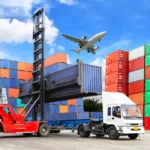

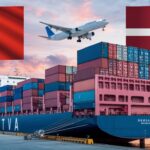


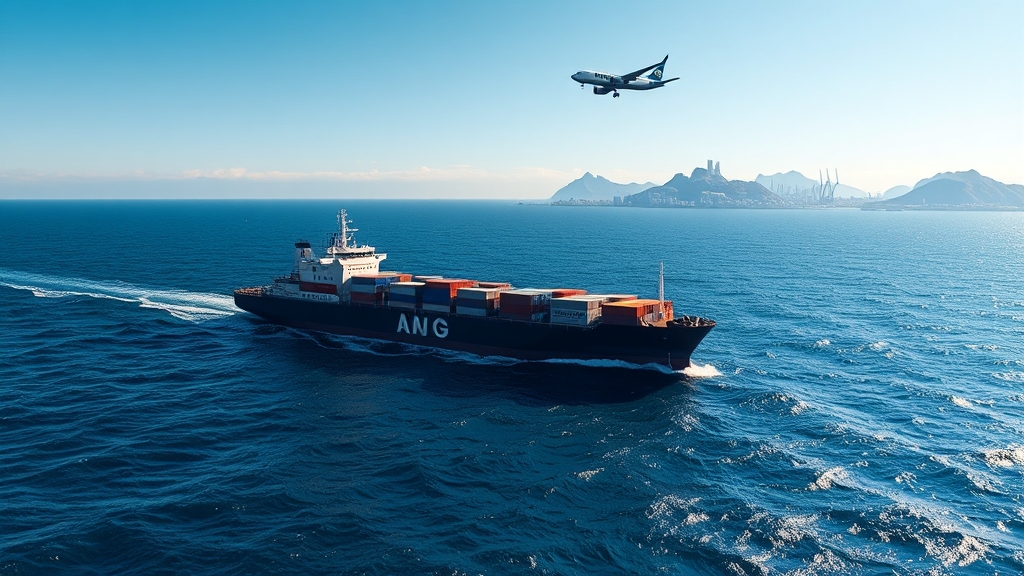
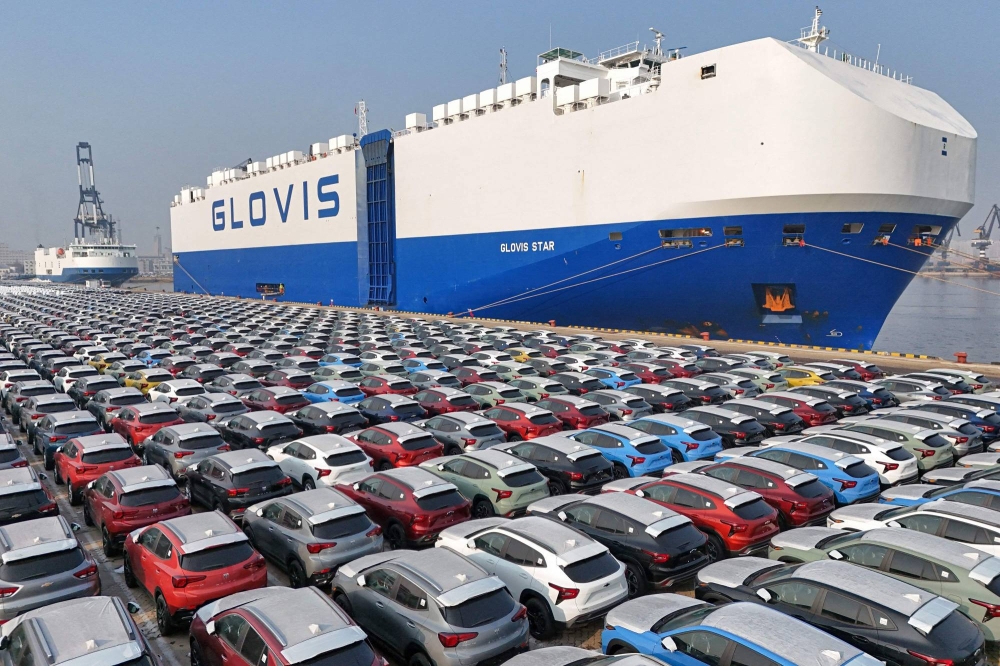
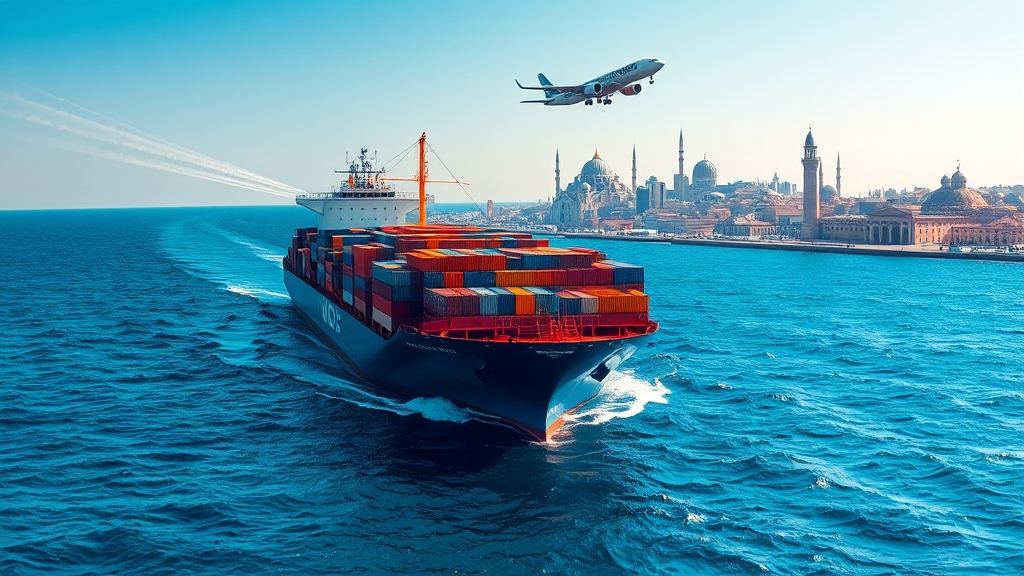
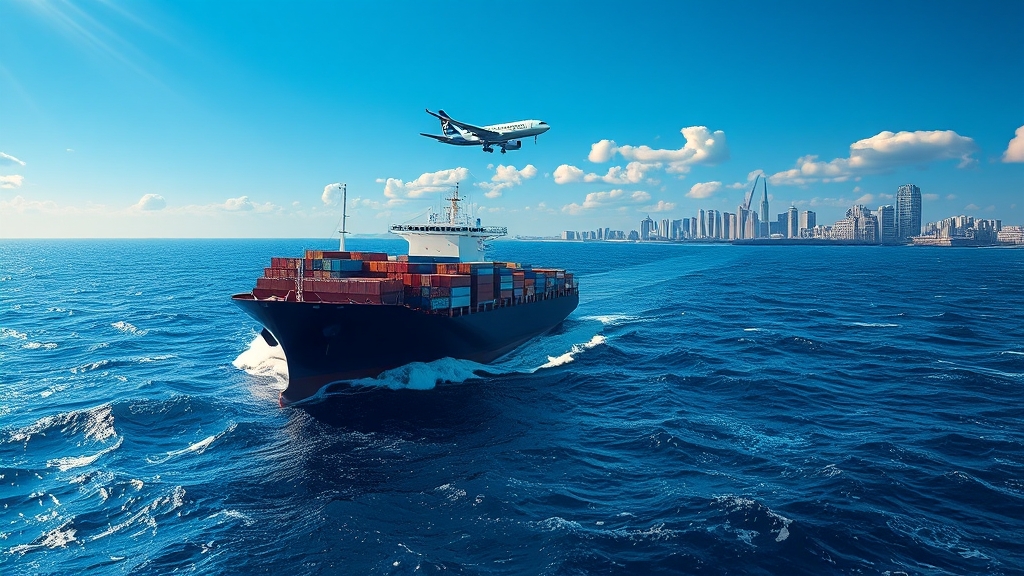
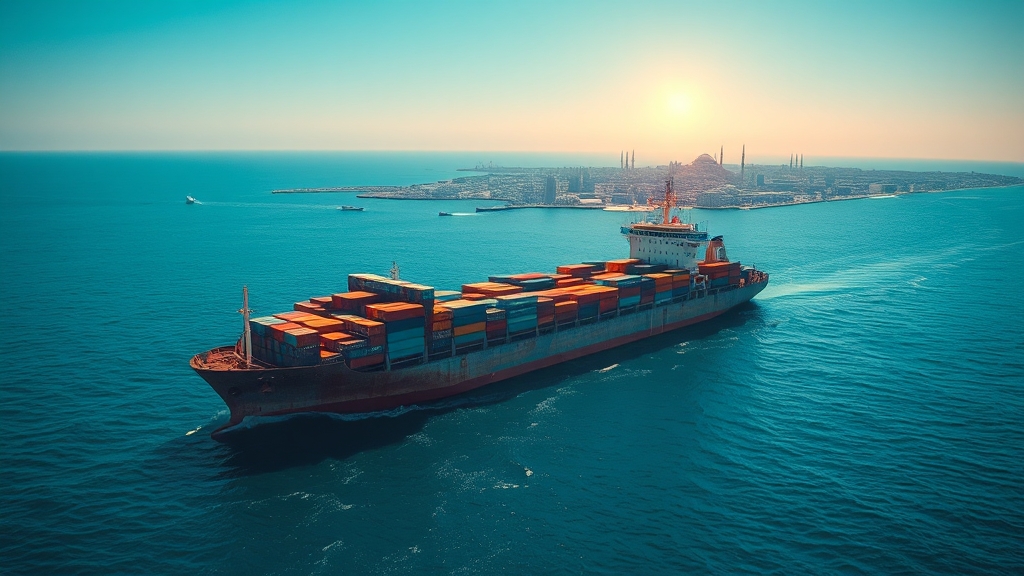





 Afrikaans
Afrikaans Shqip
Shqip አማርኛ
አማርኛ العربية
العربية Հայերեն
Հայերեն Azərbaycan dili
Azərbaycan dili Euskara
Euskara Беларуская мова
Беларуская мова বাংলা
বাংলা Bosanski
Bosanski Български
Български Català
Català Cebuano
Cebuano Chichewa
Chichewa 简体中文
简体中文 繁體中文
繁體中文 Corsu
Corsu Hrvatski
Hrvatski Čeština
Čeština Dansk
Dansk Nederlands
Nederlands English
English Esperanto
Esperanto Eesti
Eesti Filipino
Filipino Suomi
Suomi Français
Français Galego
Galego ქართული
ქართული Deutsch
Deutsch Ελληνικά
Ελληνικά Kreyol ayisyen
Kreyol ayisyen Harshen Hausa
Harshen Hausa Ōlelo Hawaiʻi
Ōlelo Hawaiʻi עִבְרִית
עִבְרִית हिन्दी
हिन्दी Hmong
Hmong Magyar
Magyar Íslenska
Íslenska Igbo
Igbo Bahasa Indonesia
Bahasa Indonesia Gaeilge
Gaeilge Italiano
Italiano 日本語
日本語 Basa Jawa
Basa Jawa ಕನ್ನಡ
ಕನ್ನಡ Қазақ тілі
Қазақ тілі ភាសាខ្មែរ
ភាសាខ្មែរ 한국어
한국어 كوردی
كوردی Кыргызча
Кыргызча ພາສາລາວ
ພາສາລາວ Latin
Latin Latviešu valoda
Latviešu valoda Lietuvių kalba
Lietuvių kalba Lëtzebuergesch
Lëtzebuergesch Македонски јазик
Македонски јазик Malagasy
Malagasy Bahasa Melayu
Bahasa Melayu മലയാളം
മലയാളം Maltese
Maltese Te Reo Māori
Te Reo Māori मराठी
मराठी Монгол
Монгол ဗမာစာ
ဗမာစာ नेपाली
नेपाली Norsk bokmål
Norsk bokmål پښتو
پښتو فارسی
فارسی Polski
Polski Português
Português ਪੰਜਾਬੀ
ਪੰਜਾਬੀ Română
Română Русский
Русский Samoan
Samoan Gàidhlig
Gàidhlig Српски језик
Српски језик Sesotho
Sesotho Shona
Shona سنڌي
سنڌي සිංහල
සිංහල Slovenčina
Slovenčina Slovenščina
Slovenščina Afsoomaali
Afsoomaali Español
Español Basa Sunda
Basa Sunda Kiswahili
Kiswahili Svenska
Svenska Тоҷикӣ
Тоҷикӣ தமிழ்
தமிழ் తెలుగు
తెలుగు ไทย
ไทย Türkçe
Türkçe Українська
Українська اردو
اردو O‘zbekcha
O‘zbekcha Tiếng Việt
Tiếng Việt Cymraeg
Cymraeg יידיש
יידיש Yorùbá
Yorùbá Zulu
Zulu